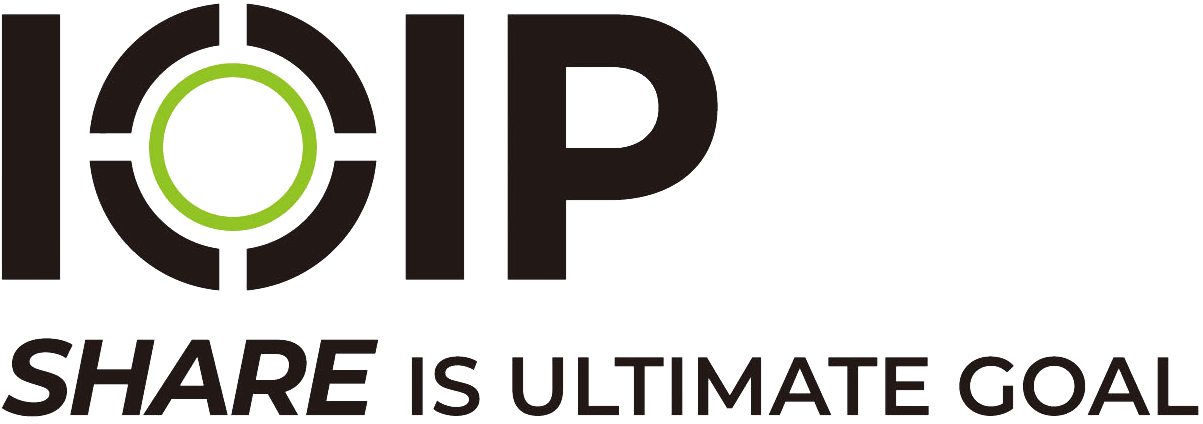25
2024
-
06
What are the common non-contact liquid level measurement methods? Their respective characteristics
Liquid level measurement is widely used in petroleum
Liquid level measurement is widely used in petroleum, biochemical, pharmaceutical, food and beverage and other fields. In the face of a wide variety of liquid level measurement methods on the market, for everyone, how to choose the appropriate and cost-effective liquid level measurement method has always been a headache. In order to choose a more suitable liquid level sensor, we not only need to understand the characteristics and status of the measured liquid, but also need to understand the advantages and disadvantages of different liquid level sensors in order to choose a more suitable sensor. Next, the skyscraper radio frequency gives you a brief introduction to the common non-contact liquid level measurement methods.
Non-contact measurement is the mainstream way, the measurement of the sensitive element and the measured liquid does not contact, can be used for contact measuring instruments can not meet the special occasions such as high viscosity, strong corrosion, strong pollution, easy crystallization of the medium. The common non-contact measurement methods mainly include ray type level meter, ultrasonic level meter, laser ranging sensor and radar level meter.
ray level gauge
The radiation emitted by nuclear radiation (such as gamma rays, etc.) has a strong penetrating ability, and through different thickness of the medium has different attenuation characteristics, nuclear radiation level gauge is the use of this principle to measure the liquid level. The nuclear radiation source of the nuclear radiation level gauge is installed outside the oil tank with a point or long and narrow structure, and the long and narrow nuclear radiation source detection element is also installed outside the oil tank, which can detect the dynamic change of the liquid level. In addition to using nuclear radiation rays to measure, neutron rays can also be used to measure the liquid level. The ray level gauge is very convenient to install and has high measurement accuracy. Because it does not have any parts in direct contact with the measured object, it is especially suitable for measurement problems that cannot be solved by traditional measuring instruments.
Ultrasonic level meter
Ultrasonic propagation speed is relatively constant in the same medium, and it will produce reflection when it meets the surface of the measured object. Based on this principle, an ultrasonic level meter is developed. It calculates the liquid level height by detecting the time difference between ultrasonic transmission and reflection, so it is easy to be affected by the energy loss of ultrasonic propagation. The ultrasonic level gauge has the characteristics of easy installation and high flexibility, but when used in environments containing steam and powder layers, the detection distance will be significantly shortened, and it is not recommended to use in wave-absorbing environments, such as foam. In addition, the accuracy of the ultrasonic level gauge is slightly lower than that of the radar level gauge, and the price is moderate. However, in the field of explosion-proof, the current range of the ultrasonic level gauge is generally less than 8 meters.
Laser Ranging Sensor Level Gauge
Its measurement principle is similar to the ultrasonic level gauge, except that light waves are used instead of ultrasonic waves. Transmitting sensor emits laser light, irradiates to the measured liquid level, reflects at the liquid level, receives the reflected light, and converts the time from transmitting to receiving into liquid level. The laser beam is very narrow, so its spot is small and concentrated, so it is very suitable for containers with narrow openings and high temperature and high viscosity measurement objects. The laser ranging sensor level gauge is easy to install and calibrate, has good flexibility and is relatively affordable, and can be applied to continuous or limit alarm of bulk material or liquid level. If it is transparent liquid and oil, a reflective buoy needs to be added to the liquid level to measure. It is not suitable for use in foam or steam environment (unable to penetrate foam or susceptible to steam interference), fluctuating liquid (prone to misoperation), vibration environment, etc.
Radar level gauge
The radar level gauge usually adopts the principle of frequency modulation radar, and uses the synchronous frequency modulation pulse technology to install the microwave transmitter and receiver on the top of the tank to transmit the frequency modulated microwave signal to the liquid surface. When an echo signal is received, the transmission frequency changes due to the delay in the round-trip propagation time. The two signals are mixed and processed, and the difference frequency of the resulting signal is proportional to the distance between the tank top and the liquid level. The radar level gauge has the advantages of large measurement range, not affected by harsh weather environment, easy installation and low maintenance,
Do not apply to high viscosity or high pollution products, such as asphalt. The measurement accuracy of the radar level gauge is high, and there is no need for regular maintenance and re-calibration, but the installation is more complicated and the price is relatively high.
Measurement,Oil,Biochemistry,Medicine,Food & Beverage
Previous article
Next article
Previous article
Next article
RELATED INFORMATION
2024-07-11
Optical camouflage what are several ways?
When the light passes through the optical fiber
2024-07-03
Advantages of Absolute Multi-turn Encoder in Synchronous Control
The servo motor market pays more attention to the encoder
2024-06-25
What are the common non-contact liquid level measurement methods? Their respective characteristics
Liquid level measurement is widely used in petroleum


